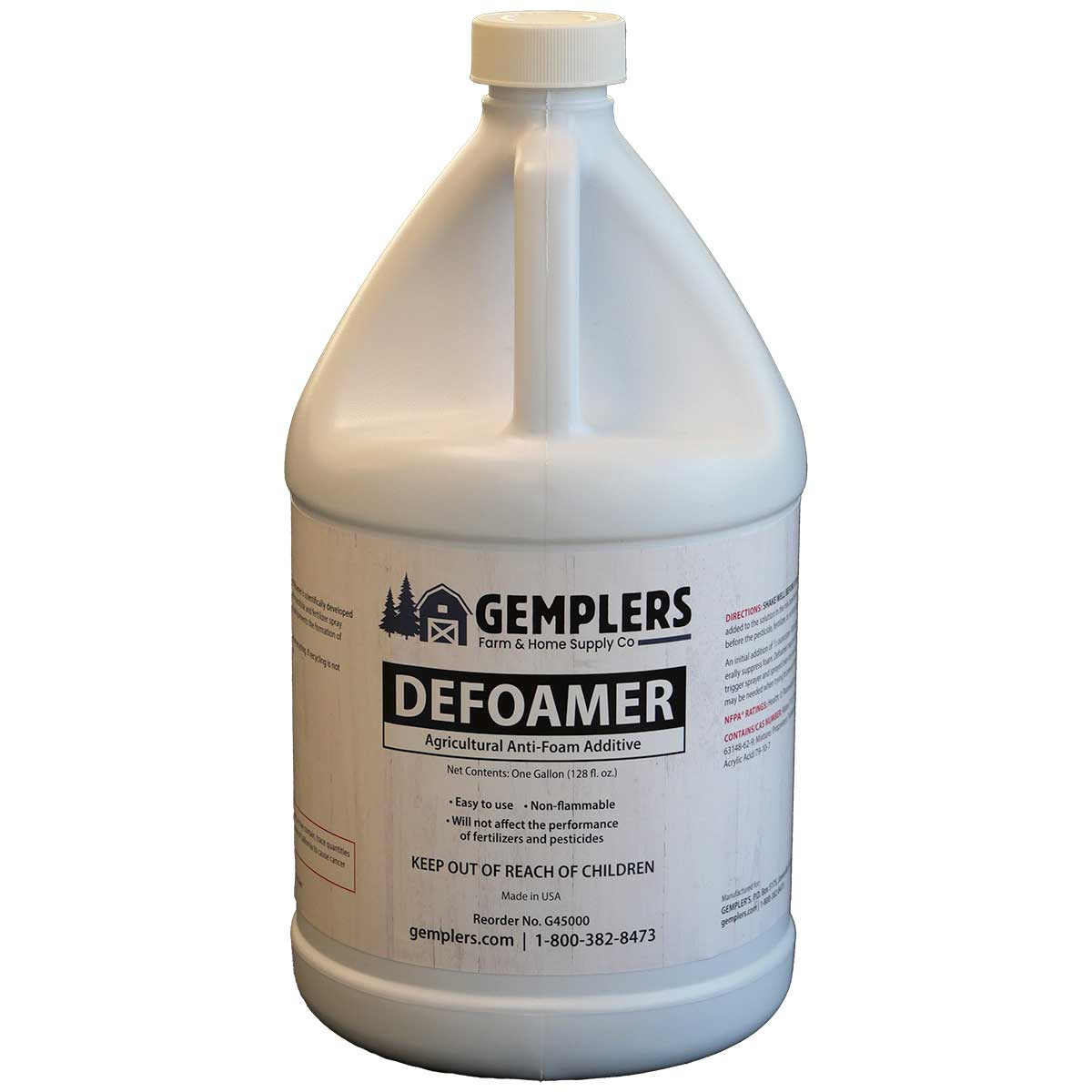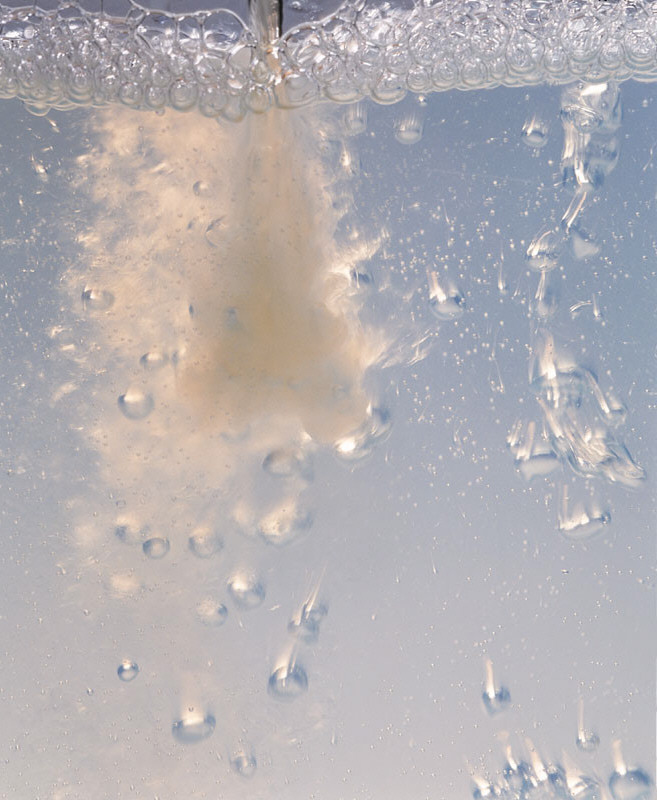The Function of Defoamers in Enhancing Product Quality and Efficiency
In different making procedures, the existence of foam can significantly prevent product top quality and functional efficiency. Defoamers act as necessary additives that reduce this issue, ensuring smoother manufacturing workflows while boosting the visual and useful features of the end products (defoamers). Their application extends a wide range of sectors, from food and beverage to pharmaceuticals, where uniformity and dependability are extremely important. The option of the ideal defoamer can be vital to attaining ideal outcomes, increasing important concerns regarding formulation compatibility and performance metrics that warrant more exploration.
Recognizing Defoamers
Understanding the role of defoamers is vital for preserving item top quality throughout numerous sectors. Defoamers are chemical additives created to lower and protect against the formation of foam in liquid systems, which can detrimentally influence procedures such as mixing, filling, and surface tension. Frothing can bring about inefficiencies, product defects, and endangered visual allure, making defoamers an essential part in making procedures.
In industrial applications, defoamers help to boost product consistency and stability. For instance, in the paint and coatings sector, foam can conflict with the application process and the final finish. In food and beverage manufacturing, extreme foam can hinder bottling and packaging efficiency. The reliable use defoamers not only makes certain smoother manufacturing procedures but additionally adds to exceptional product performance.
In addition, the choice and solution of a defoamer should align with details application demands, such as compatibility with various other ingredients, performance under differing temperature level and pH conditions, and possible regulative constraints. Inevitably, comprehending defoamers' features and their importance in different formulations is essential for maximizing production and making sure the finest quality end products.
Types of Defoamers
Defoamers can be classified right into several kinds based on their structure and device of activity. The primary kinds include silicone-based, non-silicone organic, and not natural defoamers.
Silicone-based defoamers are amongst one of the most efficient, primarily due to their capability to spread out promptly on the liquid surface area and disrupt foam formation. Their unique chemical framework enables premium stability, making them suitable for high-temperature applications and environments with varying pH degrees.
Non-silicone organic defoamers, commonly made up of fatty acids or all-natural oils, are valued for their biodegradability and reduced poisoning. These are typically used in food and beverage applications where safety and ecological influence are extremely important.
Not natural defoamers, that include materials like talc or calcium carbonate, act by boosting the thickness of the liquid, thus reducing foam stability. They are commonly used in industrial processes where compatibility with other materials is not a problem.
Each kind of defoamer has distinctive benefits and limitations, enabling tailored remedies depending upon the specific foaming issues encountered in various applications. Recognizing these distinctions is crucial for maximizing efficiency and accomplishing desired product quality.
Applications Across Industries
Numerous sectors take advantage of defoamers to improve product quality and functional effectiveness. In the food and beverage field, defoamers are essential in processes such as developing and dairy products production to avoid foam development, which can result in inefficiencies and item disparity. By controlling foam, suppliers can make certain much better return and a much more consistent product.
In the pharmaceutical industry, defoamers play an essential role in the solution of liquid drugs, where extreme foam can hinder blending and accurate application. Their use aids preserve the honesty of the formulas and promotes smoother production processes.
The paint and coatings market additionally counts on defoamers to boost the performance of items during application. By decreasing foam, these additives make sure a smoother coating and improve the visual qualities of the end product.

Benefits of Utilizing Defoamers
While the application of defoamers varies throughout industries, their benefits consistently enhance item top quality and procedure performance. look at this website One substantial benefit is the decrease of foam formation during producing processes, which can otherwise lead to manufacturing hold-ups and incongruities in item top quality. By lessening foam, defoamers allow a smoother flow of products, facilitating much more effective operations and minimizing the probability of equipment breakdowns.
Furthermore, using defoamers can improve the appearance and structure of final items. In markets such as layers, paints, and food processing, too much foam can jeopardize the visual aesthetic appeals and overall top quality, while the appropriate defoamer application makes certain an uniform finish and preferable qualities. Moreover, defoamers can contribute to set you back financial savings by decreasing waste throughout production and enhancing the use of resources (defoamers).

Picking the Right Defoamer
Selecting the right defoamer is crucial for maximizing production procedures and guaranteeing product quality. The option of defoamer influences not just the effectiveness of foam control but also the total efficiency attributes of the last item. Factors to consider include the type of application, the chemistry of the formula, and the ecological conditions under which the item will be used.
Various sectors may require details defoamer kinds, such as silicone-based, organic, or polymeric defoamers. Recognizing the compatibility of the defoamer with the main ingredients is vital to avoid adverse responses that can compromise item honesty. Furthermore, the defoamer's efficiency in different temperature levels and pH degrees need to be assessed to guarantee constant efficiency.
Testing the defoamer in small-scale applications can offer useful understandings into its performance and suitability. Factor to consider of governing compliance, particularly in food, drugs, and cosmetics, is critical in choosing a defoamer. Inevitably, an extensive assessment of these aspects will lead to the selection of a defoamer that not only regulates foam properly however additionally improves the top quality and efficiency of the end product.
Conclusion

In conclusion, defoamers are essential ingredients that dramatically boost item high quality and performance across numerous markets. By efficiently reducing foam formation, these agents not only enhance functional performance but also add to the visual and functional integrity of products. The calculated selection and application of defoamers result in set you back savings, maximized source usage, and enhanced customer complete satisfaction. Generally, the importance of defoamers in commercial processes can not be overstated, as they play a vital duty in attaining constant and top notch outcomes.
Lathering can lead to ineffectiveness, item issues, and jeopardized aesthetic appeal, making defoamers an essential part in producing procedures.

Comments on “Defoamers and Their Impact on Reducing Foam in Liquid Systems”